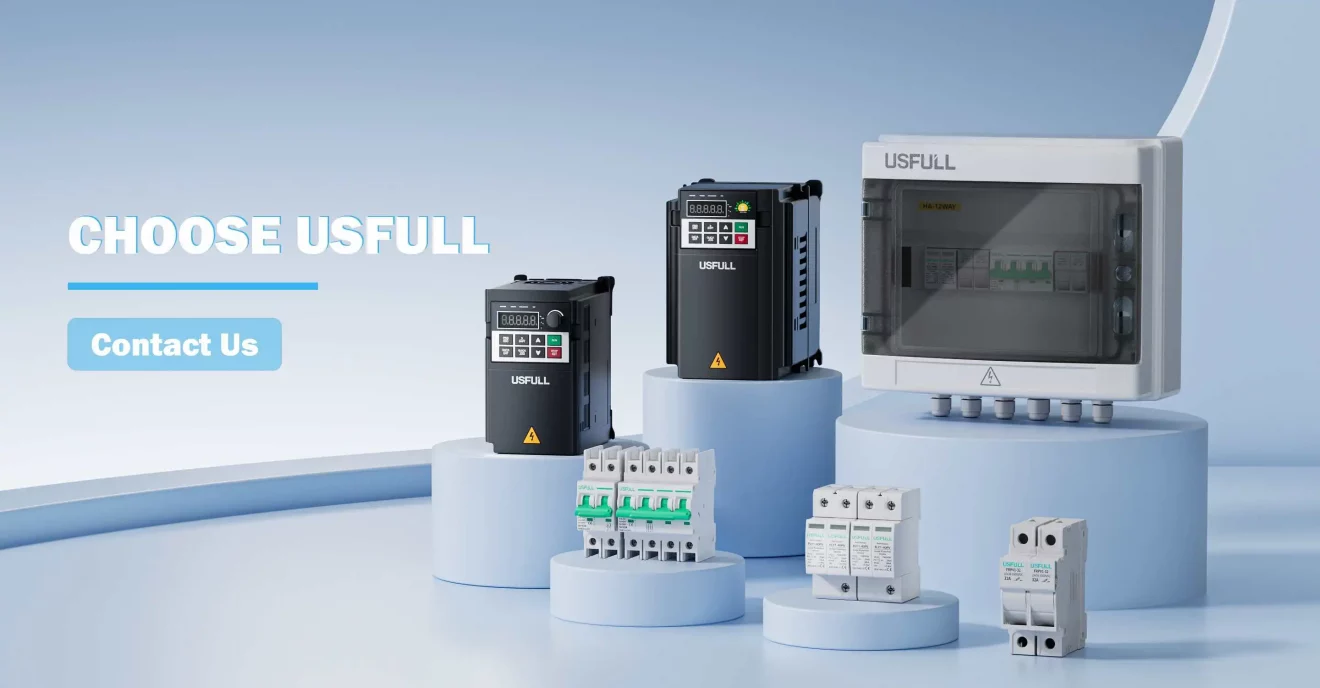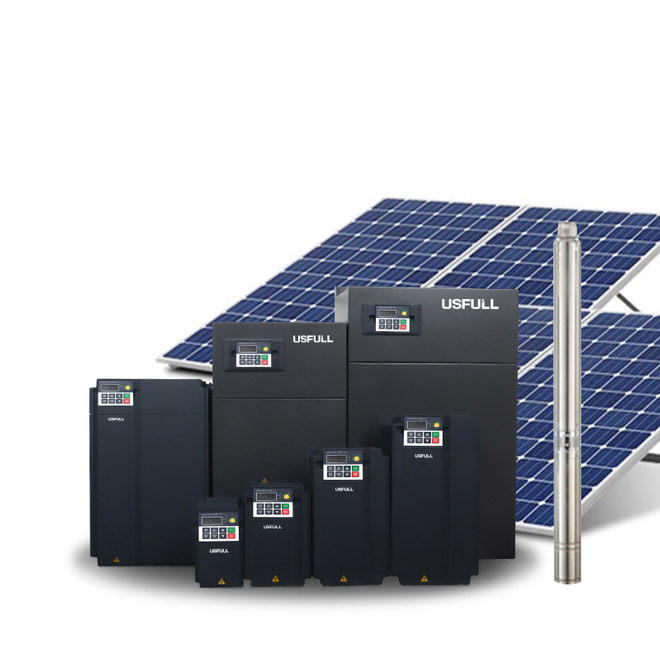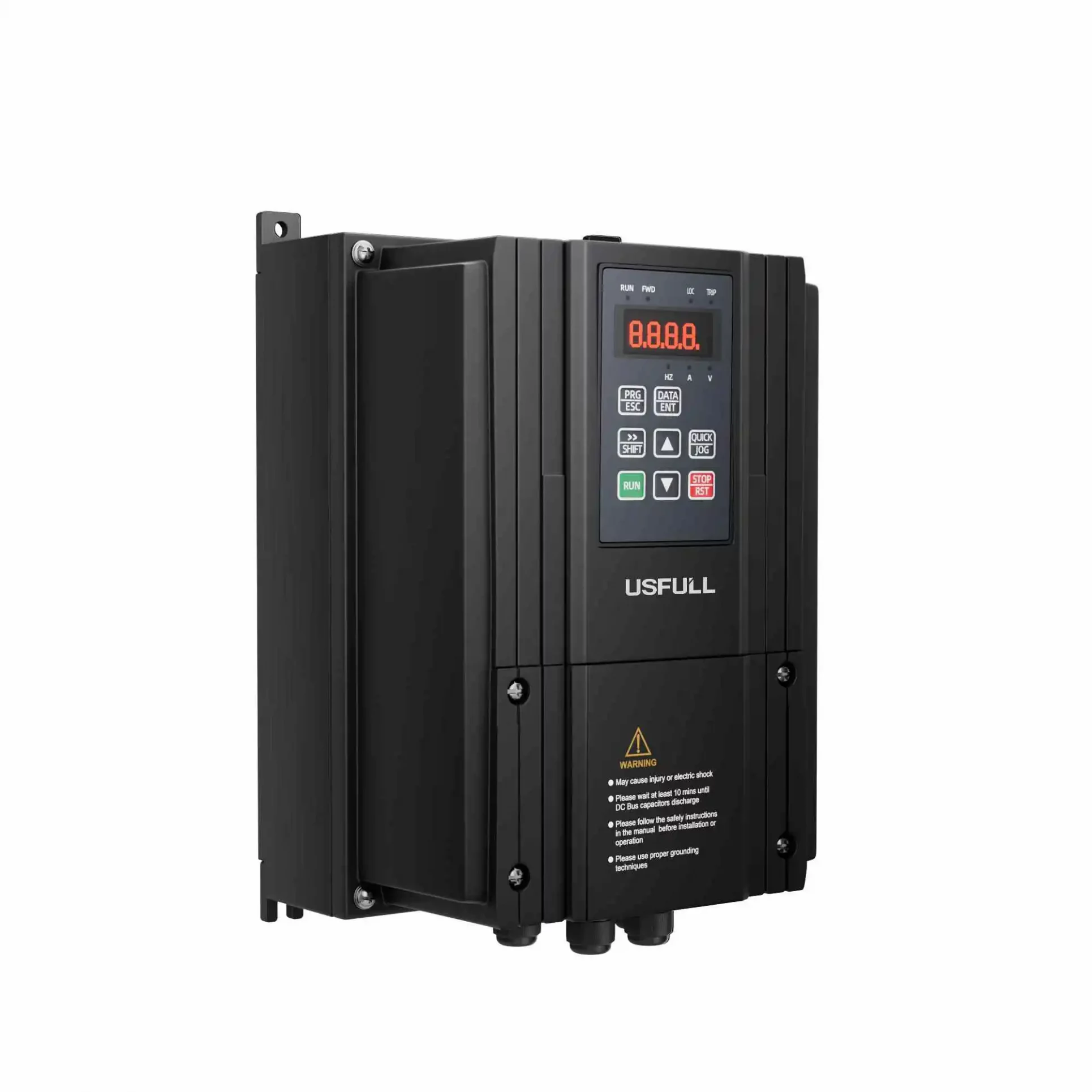Overcapacity in China’s polysilicon industry is crushing prices, threatening solar supply chains worldwide. Without action, costs and instability could surge—partnering with a reliable solar energy equipment supplier is the answer.
China’s largest polysilicon producers plan to shut down one-third of production capacity to address overcapacity, stabilize prices, and restructure the solar supply chain. This could impact global solar energy equipment pricing and availability.
Global solar markets are shifting fast—understanding the changes could protect your business.
Background: Why Polysilicon Matters in the Solar Supply Chain
Polysilicon is the foundational material for solar wafers, cells, and modules, and China produces over 93.5% of the global supply. This dominance means that decisions by Chinese manufacturers directly affect prices, availability, and production schedules for solar energy equipment worldwide.
In recent years, overcapacity has driven polysilicon prices into a tailspin—from RMB235/kg (US$32.7/kg) in February 2023 to RMB32/kg (US$4.4/kg) in May 2024. Such drastic declines have squeezed margins across the industry, impacting both upstream producers and downstream solar energy equipment manufacturers in China.
When polysilicon prices are unstable, it creates uncertainty for companies producing DC circuit breakers, DC surge protection devices, combiner boxes, and DC fuses, all of which are critical in the solar installation ecosystem.
The RMB50 Billion Shutdown Plan: Scope and Impact
According to reports, Chinese leaders in the polysilicon sector—including GCL Technologies and Tongwei—are discussing the creation of a RMB50 billion (US$7 billion) fund. This fund would be used to buy and shut down lower-quality polysilicon capacity, amounting to at least 1 million metric tonnes, or roughly one-third of national production.
This drastic measure aims to remove outdated capacity from the market, enabling the industry to stabilize prices and improve product quality. If implemented in the fourth quarter of 2025, the move could reshape not just the upstream market but the entire solar energy equipment supply chain.
Para solar energy equipment manufacturers in China, including those specializing in DC protection components like DC fuses and surge protection devices, this could mean higher raw material costs but also more predictable long-term supply conditions.
Why Overcapacity Has Been a Persistent Problem
The roots of the overcapacity crisis lie in rapid expansion during a period of booming solar demand. Chinese polysilicon producers scaled up aggressively to secure global market share, often producing beyond what the market could absorb.
This strategy led to price wars, with some manufacturers selling below cost to outcompete smaller rivals. Industry leader Tongwei reportedly leaned into oversupply as a way to push out weaker competitors.
The result: sustained losses, unstable pricing, and ripple effects throughout the global solar energy equipment market, including for solar energy equipment suppliers who rely on stable component costs to plan their pricing and production schedules.
Government Intervention and Industry Restructuring
In July 2025, China’s Ministry of Industry and Information Technology (MIIT) met with PV manufacturers to address oversupply concerns. The government signaled support for “orderly phase-out of outdated capacity,” encouraging consolidation.
The proposed RMB50 billion fund is the clearest sign yet that industry and government are aligned on restructuring. This mirrors earlier shakeouts in 2018–2020, which temporarily stabilized prices but set the stage for future shortages.
For companies in the solar equipment space—especially solar energy equipment suppliers that provide combiner boxes, DC surge protection devices, and DC circuit breakers—this restructuring could create opportunities to position themselves as stable, certified, and quality-driven partners in a turbulent market.
Possible Price Trends and Global Implications
After bottoming out in May 2024, polysilicon prices have already begun to rise, with increases of up to 22.09% reported in late July 2025. If one-third of production is shut down, further price hikes are likely.
Such increases will feed through to silicon wafers, solar cells, and modules, raising the cost of solar projects globally. In turn, this could affect demand for downstream solar energy equipment, though in many regions, government incentives and rising energy costs will continue to drive adoption.
A Solar Energy Equipment Manufacturer in China with strong supplier relationships and diversified sourcing strategies will be better positioned to weather these price fluctuations.
Opportunities for Solar Energy Equipment Manufacturers and Suppliers
While some see production cuts as a threat, they can also be a catalyst for growth for companies that emphasize quality, certification, and delivery reliability.
For example, Zhejiang Fullwill Electric Co., Ltd. (USFULL) is a solar energy equipment manufacturer in China with ISO9001, CE, IEC, TUV, and INMETRO certifications. Specializing in solar pumping inverters, combiner boxes, DC circuit breakers, DC fuses, and DC surge protection devices, USFULL can assure global buyers of consistent quality and compliance even in volatile markets.
When upstream materials become unpredictable, downstream buyers often consolidate orders with trusted suppliers—making this an opportune moment for solar energy equipment suppliers to strengthen partnerships and win market share.
Lessons from the 2018–2020 Shakeout
During the last major industry shakeout, from 2018 through 2020, aggressive capacity cuts caused a temporary shortage by 2021–2022. This history suggests that today’s restructuring could create short-term pain followed by a potential supply crunch as soon as 2028.
Forward-thinking solar energy equipment manufacturers in China should use the current period to build inventory strategies, lock in supplier contracts, and invest in R&D for efficiency improvements in DC circuit breakers, DC surge protection devices, and combiner boxes.
The Road Ahead: Balancing Stability and Growth
Whether this shutdown plan achieves its goals will depend on industry cooperation, government policy, and global market dynamics. The immediate effect will likely be price stabilization, but the long-term outcome could include renewed volatility if demand outpaces supply.
For buyers and distributors, the safest strategy is to partner with a solar energy equipment supplier that combines strong production capacity with rigorous quality control—ensuring reliable delivery of essential components like DC fuses, combiner boxes, and surge protection devices, regardless of upstream market conditions.
Strategic Adaptation Is Key
The planned shutdown of one-third of China’s polysilicon capacity marks a major turning point in the global solar supply chain. While the move aims to correct overcapacity and stabilize prices, it also highlights the importance of resilience in sourcing and partnerships.
For any business in the solar sector, aligning with a certified, dependable solar energy equipment manufacturer in China can provide the stability needed to thrive amid industry transformation.





